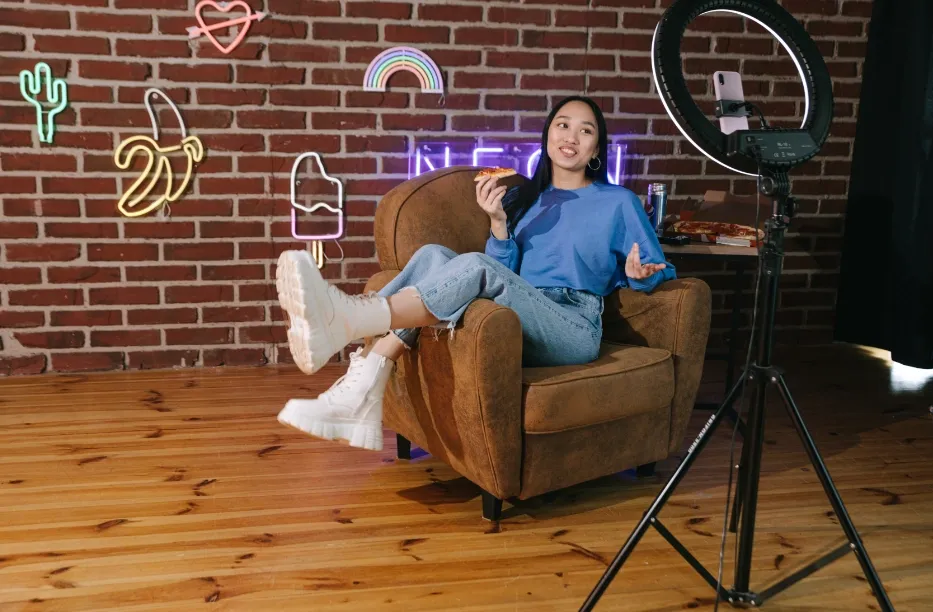As more and more people, especially the younger generation look to Instagram and YouTube for inspiration and knowledge about products and ideas, influencers are in high demand. About 70% of teenage YouTube subscribers say they relate to YouTube creators more than the traditional celebrities. These influencers not only share their experiences about a product but also interact and answer questions which makes them more approachable and real. And this aspect of influencer marketing is driving its growth in comparison to other forms of marketing.
ROI of Influencer Marketing
The growing popularity of influencer marketing is evident from the sharp surge in the industry’s size from $1.6 billion in 2016 to over $15 billion in 2022. But as influencer spending increases, questions about how to measure the ROI or return on investment remain. While the positive impact of influencer marketing cannot be denied, it is difficult to measure the value that a business gets in return for its marketing spend.
An important aspect of influencer marketing is that the influencer does not have to be a mega star charging a hefty amount for a single post. Businesses prefer to approach micro-influencers with a smaller number of followers but a better engagement and reach to market their products. Since these micro-influencers have worked hard to develop dedicated followers and have an interactive relationship with them, they are bound to elicit a better response and so deliver a higher ROI.
The cost of an influencer campaign is dependent on the scope and the nature of the campaign (video content is costlier than ephemeral content) as well as the individual follower counts. The ROI calculation should be based on all the costs incurred for the campaign and not only the amount paid to an influencer. Expenses like affiliate marketing fees, the cost of free products and services provided to the influencer, production costs including travel-related expenses and the fees of an influencer marketing agency hired are also important for calculating the ROI of any campaign.
Influencer Marketing Vs Other Forms of Marketing
While it is easier to predict and measure the outcome of PPC and other forms of advertising, it is difficult in the case of influencer marketing because of the varying rates charged by different influencers. So how do to measure the ROI of influencer marketing? This requires a business to first have clarity of the goals that they wish to achieve by approaching an influencer to promote their product. It could be creating brand awareness, highlighting a specific or distinguishing feature, or targeting a specific audience.
The measurement of the success of any marketing strategy including influencer marketing becomes easier if done in the context of goals set. Some indicators that your marketing strategy is working are:
- Positive Vibes – Positive responses to an influencer’s message about your company’s product.
- Impressions and Reach of an Influencer’s Message –The number of views or likes on an influencer’s video or post. Even the locations of the visitors give an indication of the rising awareness of your product.
- Conversions – Some social media platforms like Instagram allow shoppable posts and coupon codes, enabling businesses to know what people are buying after reading these posts. The use of affiliate links on YouTube and blog posts is also a good way to measure the effectiveness of an influencer campaign.
Influencer marketing is here to stay, and its effectiveness can be measured through social media analytics tools and software that help measure a campaign’s performance. Similarly, social listening tools help in studying the impact of a campaign on brand awareness and other KPIs. Even influencer marketing platforms or agencies offer special analytics tools to measure the success and performance of a campaign.


